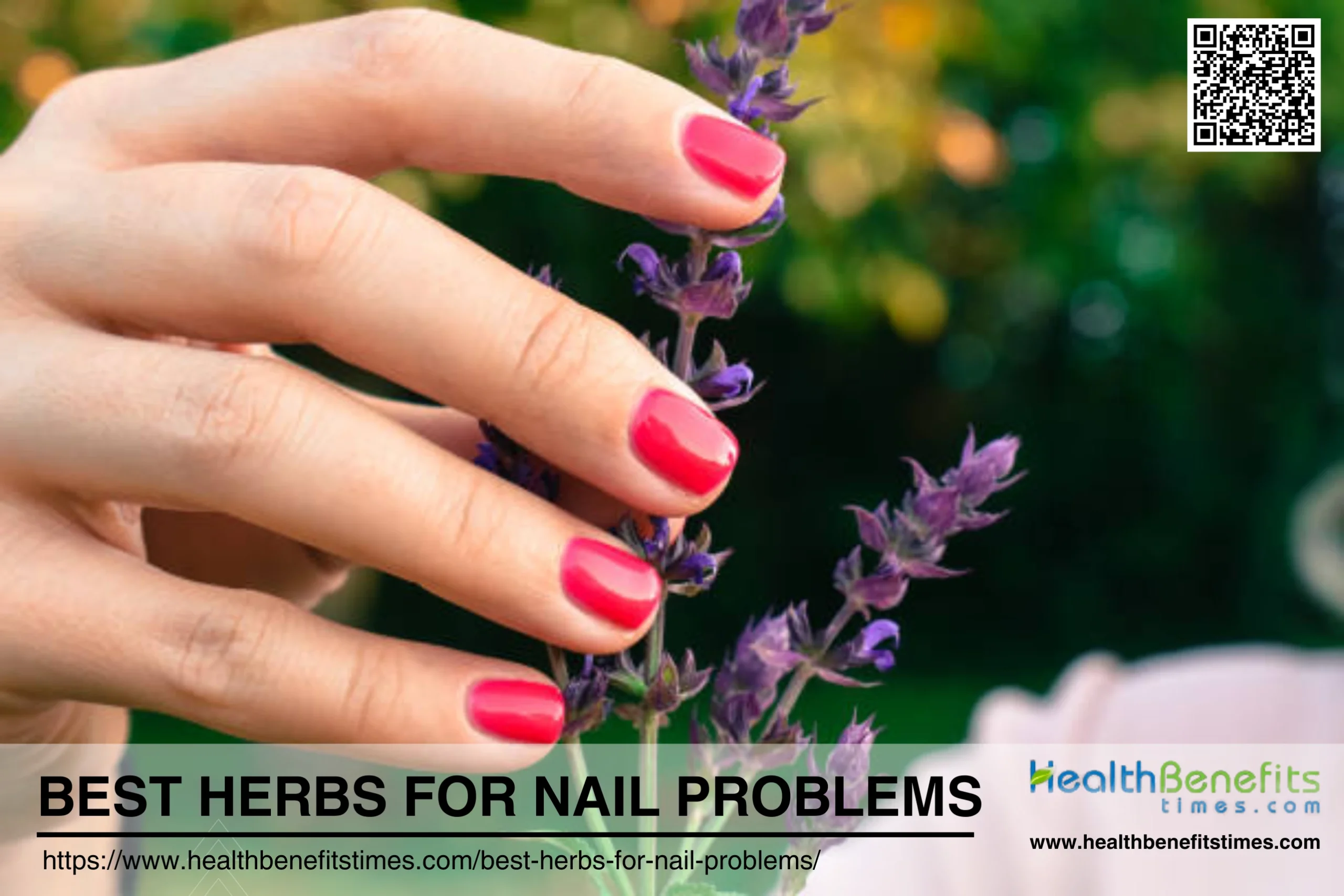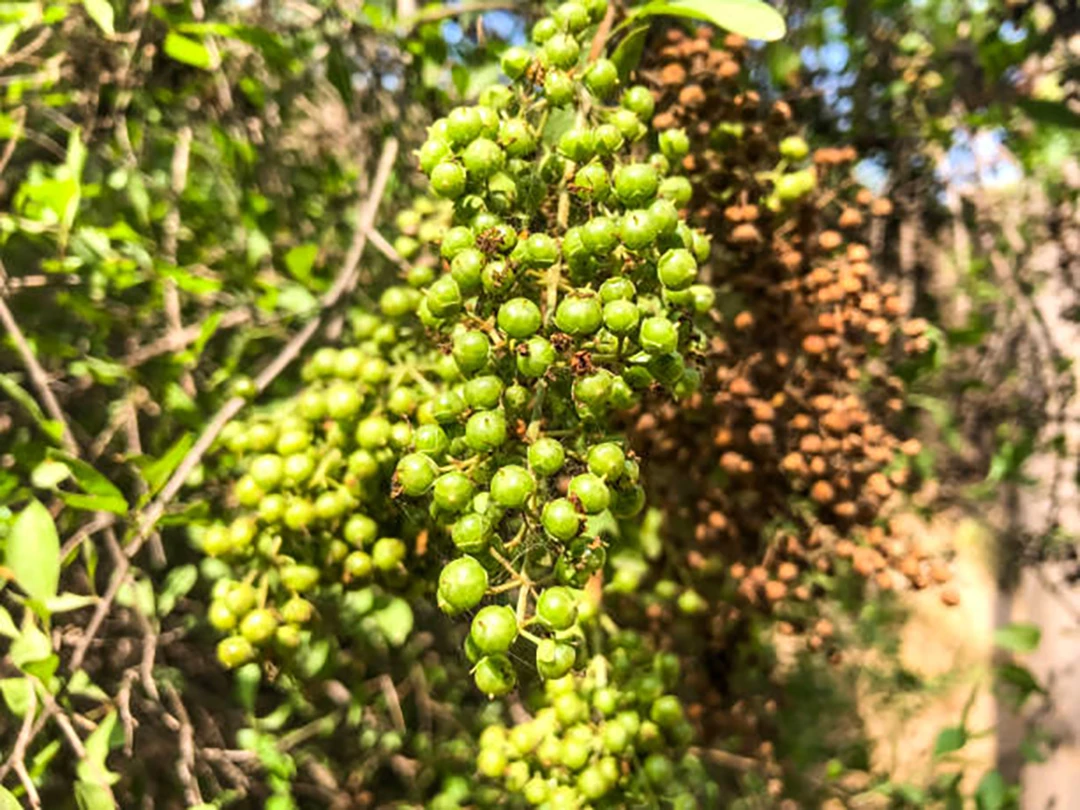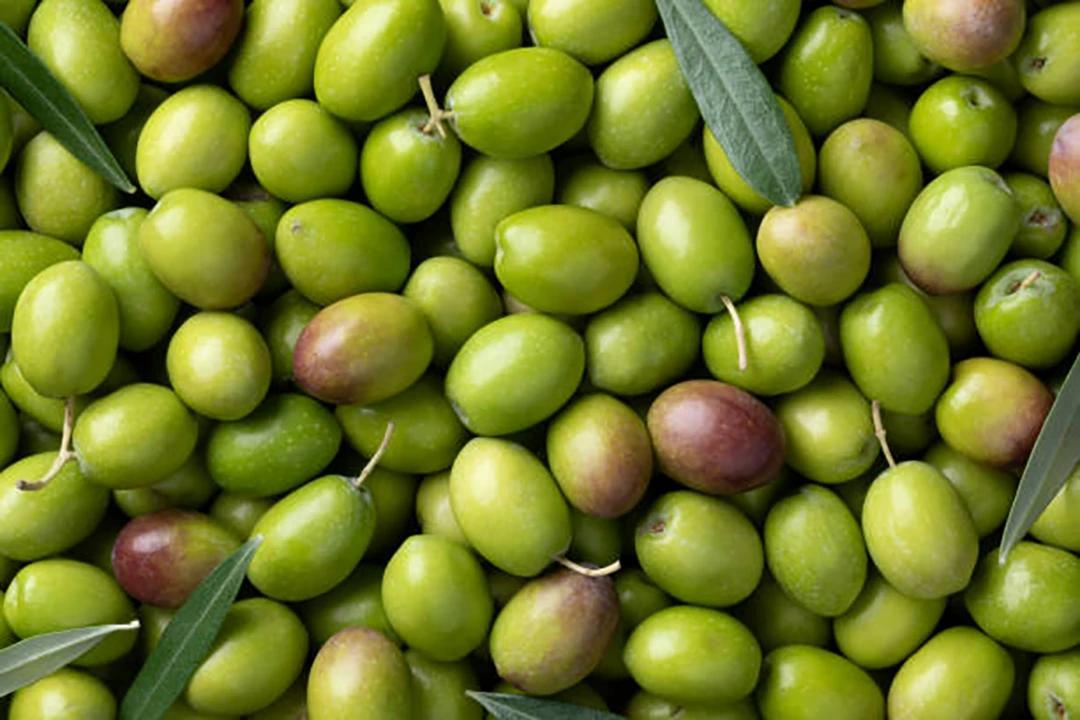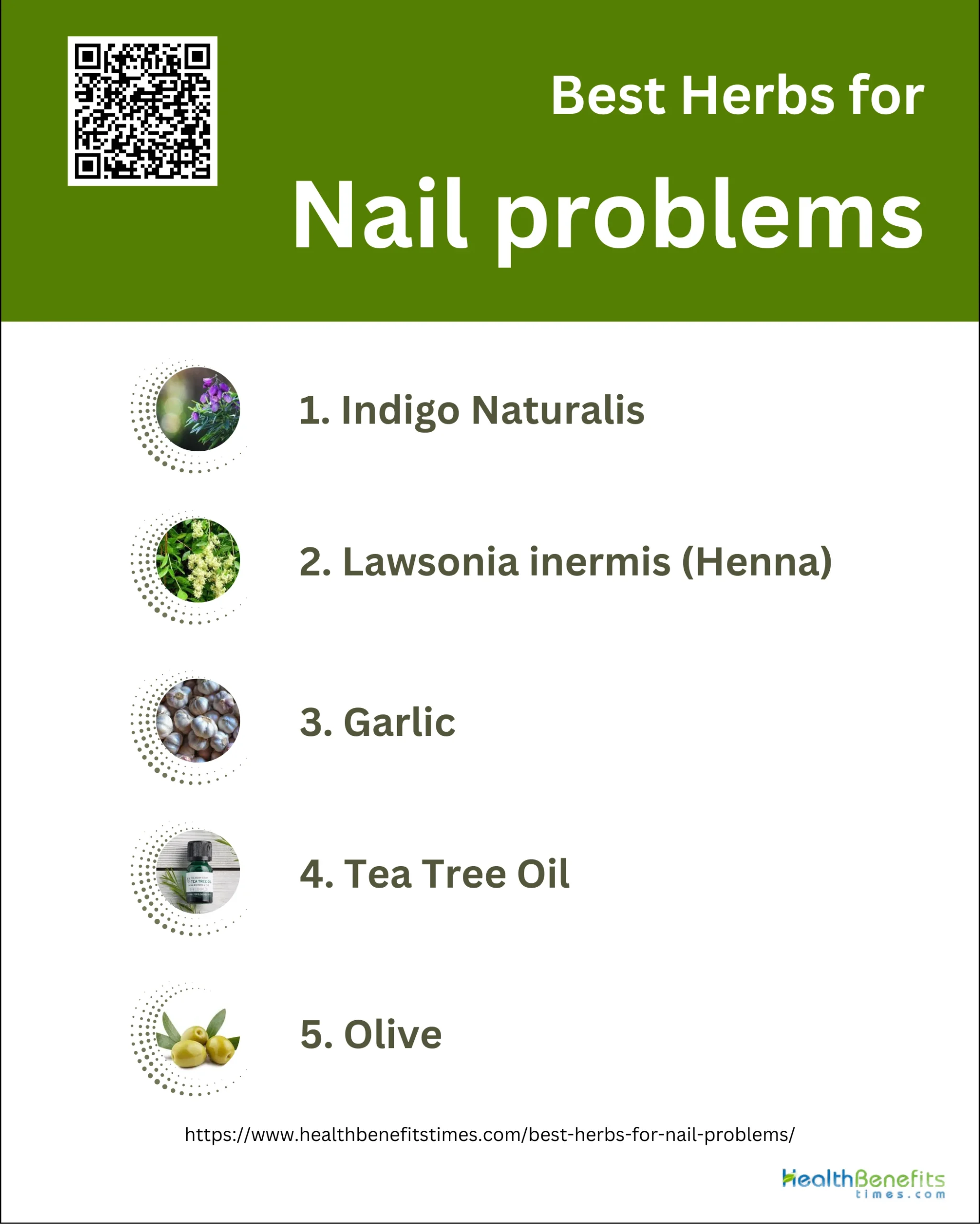 Nail problems encompass a variety of conditions that can affect the appearance, structure, and function of the nails. Brittle nails, characterized by increased fragility of the nail plate, can result from damage to the nail matrix or changes in nail plate cohesion due to internal or external factors. Simple chronic paronychia involves inflammation of the nail folds, often following cuticle damage. Onycholysis, the detachment of the nail plate from the nail bed, can be caused by dermatologic conditions, infections, drug therapy, or trauma. Other common nail disorders include onychomycosis (fungal infection), nail psoriasis, and onychophagia (habitual nail biting), each presenting with distinct clinical features but sometimes overlapping symptoms, which can complicate diagnosis and treatment. Nail conditions can also serve as indicators of systemic diseases, such as psoriasis or iron deficiency anemia, and may require a comprehensive diagnostic approach including dermoscopy, imaging, and histopathologic analysis. Proper management of nail disorders often involves a combination of topical or systemic medications, patient education on nail care, and in some cases, surgical intervention.
Nail problems encompass a variety of conditions that can affect the appearance, structure, and function of the nails. Brittle nails, characterized by increased fragility of the nail plate, can result from damage to the nail matrix or changes in nail plate cohesion due to internal or external factors. Simple chronic paronychia involves inflammation of the nail folds, often following cuticle damage. Onycholysis, the detachment of the nail plate from the nail bed, can be caused by dermatologic conditions, infections, drug therapy, or trauma. Other common nail disorders include onychomycosis (fungal infection), nail psoriasis, and onychophagia (habitual nail biting), each presenting with distinct clinical features but sometimes overlapping symptoms, which can complicate diagnosis and treatment. Nail conditions can also serve as indicators of systemic diseases, such as psoriasis or iron deficiency anemia, and may require a comprehensive diagnostic approach including dermoscopy, imaging, and histopathologic analysis. Proper management of nail disorders often involves a combination of topical or systemic medications, patient education on nail care, and in some cases, surgical intervention.
Types of Nail Problems
Nail problems can manifest in various forms, affecting not just the appearance but also the overall health of your nails. Understanding the different types of nail problems is crucial for identifying the right treatment and maintaining healthy nails. Here’s a look at some of the most prevalent nail conditions you should be aware of.
- Brittle nail syndrome
- Onychomycosis
- Paronychia
- Nail psoriasis
- Longitudinal melanonychia
- Beau’s lines
- Onychomadesis
- Retronychia
- Onycholysis
- Simple chronic paronychia
- Terry’s nails
- Muehrcke’s lines
- Koilonychia
- Yellow-nail syndrome
- Subungual splinter hemorrhages
- Digital hippocratism
- Bazex’s acrokeratosis
- Koenen’s tumor
- Nail hypoplasia
- Periungual wart
- Herpetic whitlow
- Eczema
- Lichen planus
- Lichen striatus
- Trachyonychia
- Parakeratosis pustulosa
- Subungual exostosis
- Onychophagia
- Onychotillomania
- Onychocryptosis
Common Causes of Nail problems
From brittle nails to discoloration, the condition of your nails can reveal a lot about your overall well-being. Understanding the common causes of nail problems is the first step toward maintaining healthy, strong nails. In this article, we’ll explore the most frequent culprits behind nail issues and how they impact your nail health. Whether you’re dealing with weak nails, peeling, or infections, this guide will help you pinpoint the root causes and take appropriate action to keep your nails in top shape.
- Injuries
- Infections (fungal, bacterial, viral)
- Skin diseases (eczema, psoriasis)
- Internal diseases (lung, heart, kidney, liver, thyroid)
- Nail fungus
- Structural problems (ingrown toenail)
- Birth deformities
- Poor nutritional intake
- Occupational trauma or chemical exposure
- Repeated wetting and drying of nails
- Medications (chemotherapy, retinoids)
- Vitamin deficiencies (A, B, C, D, E)
- Iron deficiency anemia
- Aging
- Poor circulation or nerve supply
- Ill-fitting shoes
- Diabetes
- Weakened immune system
Best herbs for Nail problems
Using herbs to care for nail problems, such as nail psoriasis, offers several advantages over conventional medications. For instance, the Chinese herb Indigo naturalis has been shown to be an effective topical treatment for psoriatic nails, with fewer side effects compared to traditional medications like calcipotriol. In a randomized clinical trial, participants who applied Indigo naturalis extract in oil (Lindioil) to their nails experienced significant improvements in nail psoriasis severity without the staining typically associated with the herb. Additionally, a review of Indigo naturalis highlighted its therapeutic mechanisms, including the regulation of keratinocyte proliferation and differentiation, restoration of epidermal barrier function, and reduction of inflammatory processes, making it a well-tolerated and cost-effective alternative. These findings suggest that herbal treatments can provide a safer and more natural approach to managing nail problems, minimizing the risk of adverse effects commonly associated with pharmaceutical treatments.
1. Indigo Naturalis
Indigo naturalis, a traditional Chinese herb, has shown promising benefits for treating nail problems, particularly nail psoriasis. Recent studies have highlighted its efficacy as a safe and effective alternative to conventional treatments. In a clinical trial, indigo naturalis oil extract significantly reduced the severity of nail psoriasis, as measured by the Nail Psoriasis Severity Index (NAPSI), after 24 weeks of application. This herb works by regulating keratinocyte proliferation and differentiation, restoring the epidermal barrier, and reducing inflammation, which are crucial factors in managing psoriasis. Moreover, indigo naturalis has been found to be well-tolerated with minimal side effects, making it a viable option for long-term use in nail care.
What Research Says?
- Based on research carried out by Multiple studies have demonstrated that Indigo Naturalis oil extract (Lindioil) significantly reduces the severity of nail psoriasis, as measured by the Nail Psoriasis Severity Index (NAPSI).
- As per studies undertaken by Journal of Psoriasis and Psoriatic Arthritis, The herb has a favorable side effect profile compared to other treatments for nail psoriasis, making it a safer alternative.
- According to studies performed by Dermatology and Pediatric Dermatology, Case studies and non-controlled pilot studies have reported significant improvements in nail psoriasis symptoms, including onycholysis, splinter hemorrhages, and subungual hyperkeratosis, with the use of Indigo Naturalis oil extract.
- According to investigations conducted by Molecules, Indigo Naturalis exhibits antimicrobial effects against certain bacteria and non-dermatophytic onychomycosis pathogens, which may contribute to its therapeutic benefits in nail conditions coexisting with infections.
How to Use
For nail psoriasis, it is recommended to apply an oil extract of indigo naturalis, such as Lindioil, directly to the affected nails. The typical dosage involves applying 0.05 to 0.1 mL of the oil extract to the nail folds and the skin beneath the edge of the nails twice daily. This treatment should be continued for a period of 24 weeks to achieve optimal results.
Potential Side Effects of Indigo Naturalis
Common mild adverse effects include liver dysfunction, headache, gastrointestinal symptoms such as abdominal pain and nausea, and mild elevations in hepatic transaminases, which are typically reversible. However, more severe adverse events have been reported, such as pulmonary arterial hypertension and ischemic colitis, particularly in patients with underlying conditions like ulcerative colitis.
Who Should Avoid Indigo Naturalis
Individuals with pre-existing liver conditions or those prone to gastrointestinal issues should exercise caution or avoid using indigo naturalis due to its potential to cause liver dysfunction and gastrointestinal distress. Patients with pulmonary arterial hypertension or a history of ischemic colitis should also avoid this herb, as it may exacerbate these conditions.
Interaction with Medications
Currently, there are no well-documented interactions between indigo naturalis and other medications. However, given its potential to affect liver function, it is advisable for individuals taking medications metabolized by the liver to consult with a healthcare provider before using indigo naturalis. This precaution is particularly relevant for those on medications for ulcerative colitis or other inflammatory conditions, as indigo naturalis is sometimes used in conjunction with these treatments.
2. Lawsonia inermis (Henna)

Lawsonia inermis has been traditionally used to strengthen and beautify nails. The application of henna can help protect nails by forming a protective layer that shields them from environmental damage and reduces brittleness. Henna is also known for its antifungal and antibacterial properties, which can be beneficial in preventing and managing nail infections. Additionally, its cooling and soothing effects can alleviate discomfort associated with certain nail conditions. While henna is generally safe for use on nails, it is important to ensure that the henna used is pure and free from harmful additives, as some commercial henna products may contain chemicals that can cause adverse reactions.
What Research Says?
- As demonstrated by research from Industrial Crops and Products and Jurnal Ilmiah Manuntung, The plant has documented anti-inflammatory and wound healing properties, which can be beneficial for treating inflammation and damage around the nails.
How to Use
To use Lawsonia inermis (henna) for nail problems, particularly for strengthening and protecting nails, you can prepare a simple paste. Begin by mixing one tablespoon of natural henna powder with one and a half tablespoons of water to form a smooth paste. Using a knife or spatula, coat each nail with the paste, ensuring an even layer. Allow the paste to sit on the nails for about five minutes before rinsing it off with water. This process can be repeated once a month to prevent the buildup of resin, which could potentially lead to discoloration.
Potential Side Effects of Lawsonia inermis
Lawsonia inermis, commonly known as henna, is generally considered safe for topical use, but it can cause some side effects, particularly in individuals with sensitive skin. Potential side effects include skin irritation, allergic reactions such as contact dermatitis, and, in rare cases, hypersensitivity reactions. The compound lawsone, found in henna, can cause these reactions, especially when used in high concentrations or when adulterated with other chemicals.
Who Should Avoid Lawsonia inermis
Individuals with a known allergy to henna or its components should avoid using Lawsonia inermis. Additionally, people with glucose-6-phosphate dehydrogenase (G6PD) deficiency should refrain from using henna, as it can cause hemolytic anemia in these individuals. Pregnant or breastfeeding women are advised to avoid henna, particularly black henna, which may contain harmful additives.
Interaction with Medications
There is limited information on the interactions of Lawsonia inermis with medications. However, as with any herbal product, it is advisable for individuals taking prescription medications to consult with a healthcare provider before using henna. This is particularly important for those on medications that affect the liver, as henna contains compounds that may influence liver enzyme activity.
3. Garlic
Garlic is renowned for its potent antifungal and antimicrobial properties, making it a valuable natural remedy for nail problems, particularly fungal infections. The active compound in garlic, allicin, is effective in inhibiting the growth of fungi that cause nail infections, such as onychomycosis. Applying garlic directly to the affected nails can help reduce infection and promote healthier nail growth. To use garlic for nail issues, one can crush a few cloves to release the allicin and apply the paste to the nails, leaving it on for about 30 minutes before rinsing off. Regular application can help alleviate fungal infections and improve overall nail health. Additionally, garlic’s antioxidant properties support the body’s immune response, further aiding in the prevention and treatment of nail problems.
What Research Says?
- According to the research carried out by Journal of Dermatology, Garlic can cause irritant contact dermatitis, which may mimic nail psoriasis. A case study described severe erythematous rashes, hyperkeratosis, and fissuring on the subungual areas of a patient’s fingers after peeling garlic bulbs. This highlights the potential for adverse skin reactions from topical garlic use.
How to Use
To harness the benefits of garlic for nail problems, particularly fungal infections, you can prepare a simple garlic paste for topical application. Start by crushing a few fresh garlic cloves to release the allicin, the active compound known for its antifungal properties. Apply the crushed garlic directly onto the affected nails, ensuring that the paste covers the entire nail surface and surrounding skin. Leave the paste on for about 30 minutes to allow the allicin to penetrate and combat the fungal infection. Afterward, rinse off the paste with warm water and thoroughly dry the nails. This process can be repeated daily until the infection subsides. For those who prefer not to use raw garlic, garlic oil or commercially available garlic-infused creams can also be applied in a similar manner. Additionally, incorporating garlic into your diet can support overall immune health, which may help prevent future nail issues.
Potential Side Effects of Garlic
Common side effects include digestive issues such as upset stomach, bloating, and bad breath. Some individuals may experience allergic reactions, which can manifest as skin rashes or asthma-like symptoms. Topical application of garlic can lead to skin irritation or burns, especially if left on the skin for extended periods.
Who Should Avoid Garlic
Individuals with a known allergy to garlic should avoid its consumption and topical use. Those with gastrointestinal disorders, such as irritable bowel syndrome (IBS), may find that garlic exacerbates their symptoms and should use it cautiously. People with bleeding disorders or those scheduled for surgery should avoid garlic, as it can increase the risk of bleeding due to its blood-thinning properties.
Interaction with Medications
Garlic can interact with several medications, potentially altering their effects. It is known to enhance the blood-thinning effects of anticoagulant and antiplatelet medications, such as warfarin and aspirin, increasing the risk of bleeding. Garlic may also interact with medications used to treat HIV, such as protease inhibitors, reducing their efficacy. Furthermore, it can affect the metabolism of certain medications processed by the liver, potentially altering their concentration in the body.
4. Tea Tree Oil
Tea tree oil is a powerful natural remedy for various nail problems, particularly fungal infections like onychomycosis. Extracted from the leaves of the Melaleuca alternifolia plant, tea tree oil possesses strong antifungal, antibacterial, and anti-inflammatory properties, making it effective in combating the fungi that cause nail infections. Regular application of tea tree oil can help reduce discoloration, thickening, and brittleness associated with fungal nail infections. To use tea tree oil for nail problems, it is recommended to apply a few drops directly to the affected nails and surrounding skin, allowing it to penetrate and work against the infection. For sensitive skin, it may be beneficial to dilute the oil with a carrier oil, such as coconut or olive oil, to prevent irritation.
What Research Says?
- Based on research carried out by Skin Appendage Disorders, A combination of TTO with other essential oils and vitamin E has demonstrated even higher cure rates, with 78.5% of patients achieving complete cure and no reported side effects.
- As per studies undertaken by Dermatitis and Contact Dermatitis, TTO is generally well-tolerated, with no significant side effects reported in most studies. However, there is a risk of contact sensitization and allergic contact dermatitis, particularly at higher concentrations.
How to Use
To effectively use tea tree oil for nail problems, particularly fungal infections, it should be applied topically rather than consumed orally. Begin by cleaning and thoroughly drying the affected nails. Apply a few drops of tea tree oil directly onto the nail and surrounding skin using a cotton swab or clean brush. Allow the oil to dry naturally, ensuring it penetrates the nail bed. For those with sensitive skin, it’s advisable to dilute the tea tree oil with a carrier oil, like coconut or olive oil, in a 1:1 ratio to minimize the risk of irritation. This treatment can be repeated twice daily until the infection clears.
Potential Side Effects of Tea Tree Oil
Tea tree oil can cause several side effects, particularly when used improperly. Topical application can lead to skin irritation, including redness, itching, stinging, burning, and swelling, especially if the oil is not diluted properly. Some individuals may develop allergic contact dermatitis, characterized by a red, itchy rash. In rare cases, tea tree oil has been linked to hormonal effects, such as abnormal breast growth in boys.
Who Should Avoid Tea Tree Oil
Individuals with known allergies to tea tree oil or similar essential oils should avoid its use to prevent allergic reactions. People with sensitive skin or a history of allergic contact dermatitis should use tea tree oil cautiously, ideally after performing a patch test. Pregnant and breastfeeding women should consult a healthcare provider before using tea tree oil due to limited research on its safety in these populations.
Interaction with Medications
There is limited information on specific interactions between tea tree oil and medications. However, due to its potential to cause skin irritation and allergic reactions, individuals using topical medications or treatments for skin conditions should consult with a healthcare provider before incorporating tea tree oil into their regimen.
5. Olive

Olive oil is a highly beneficial natural remedy for various nail problems, particularly for those suffering from brittle or weak nails. Rich in essential nutrients such as vitamin E and antioxidants, olive oil helps to nourish and strengthen nails, promoting healthy growth and preventing breakage. Its moisturizing properties are especially effective in combating dryness, which can lead to splitting and peeling. To use olive oil for nail care, simply warm a small amount and massage it into the nails and cuticles. This not only enhances nail flexibility and resilience but also improves circulation to the nail bed, encouraging healthier nail development. Regular application can result in stronger, shinier nails and healthier cuticles, making olive oil a simple yet effective addition to any nail care routine.
What Research Says?
- According to investigations conducted by Phytomedicine, another study demonstrated that Lindioil significantly reduced Nail Psoriasis Severity Index (NAPSI) scores compared to olive oil alone, indicating its superior efficacy in treating nail psoriasis.
How to Use
To use olive oil for nail problems, particularly for strengthening and moisturizing brittle nails, it is best applied topically. Begin by slightly warming a small amount of extra virgin olive oil, ensuring it is comfortable to touch. Gently massage the warm oil into your nails and cuticles, allowing it to penetrate deeply. This process can be done daily, ideally before bedtime, to allow the oil to work overnight. For enhanced benefits, you can soak your nails in a small bowl of warm olive oil for about 10 to 15 minutes once or twice a week.
Potential Side Effects of Olive Oil
Common short-term side effects include weight gain due to its high-calorie content, diarrhea, and digestive issues such as indigestion. Some individuals may experience allergic reactions, which can manifest as skin rashes or contact dermatitis when applied topically. Long-term overconsumption of olive oil may lead to a drop in blood pressure, potentially resulting in fainting or more serious conditions like stroke and renal failure.
Who Should Avoid Olive Oil
Individuals with known allergies to olive oil should avoid its use to prevent allergic reactions. Those with conditions sensitive to fat intake, such as gallbladder disease, should also be cautious, as olive oil can exacerbate these issues. People with low blood pressure should avoid excessive consumption of olive oil, as it can further lower blood pressure, leading to dizziness or fainting. Pregnant and breastfeeding women should consult a healthcare provider before using olive oil as a supplement, as there is limited information on its safety in medicinal quantities during these periods.
Interaction with Medications
Olive oil can interact with several medications, particularly those affecting blood pressure and blood sugar levels. It may enhance the effects of antihypertensive drugs, potentially causing blood pressure to drop too low, and it can also lower blood sugar, which might interfere with diabetes medications, leading to hypoglycemia. Additionally, olive oil can slow blood clotting, increasing the risk of bleeding when taken with anticoagulant or antiplatelet drugs.
FAQs
- Can herbal treatments completely cure nail problems like onychomycosis or nail psoriasis?
Herbal treatments, such as Indigo Naturalis for nail psoriasis or tea tree oil for onychomycosis, can significantly reduce symptoms and improve nail appearance. However, they may not completely cure these conditions, especially in severe cases. A combination of herbal remedies and conventional treatments may be more effective.
- How long should I use herbal treatments for nail problems to see results?
The duration of treatment varies depending on the herb and the condition being treated. For instance, using Indigo Naturalis for nail psoriasis may require at least 24 weeks of consistent application. Similarly, tea tree oil may need to be applied daily for several months to effectively treat fungal infections.
- Are there any dietary changes that can complement herbal treatments for nail health?
Yes, incorporating a diet rich in vitamins and minerals like biotin, zinc, and omega-3 fatty acids can support nail health. Foods such as eggs, nuts, seeds, and fish can complement herbal treatments by strengthening nails from within.
- Can I use multiple herbal treatments simultaneously for different nail problems?
While it is generally safe to use multiple herbal treatments, it’s important to ensure that they don’t interact negatively. For example, combining tea tree oil and olive oil might be beneficial for both fungal infections and brittle nails. However, it’s advisable to consult a healthcare provider before combining treatments, especially if you have sensitive skin.
- Are herbal treatments safe for use on children’s nails?
Some herbal treatments, such as diluted tea tree oil or olive oil, may be safe for children. However, more potent treatments like Indigo Naturalis should be used with caution. Always consult a pediatrician before using herbal remedies on children.
- What should I do if I experience an allergic reaction to a herbal treatment?
If you experience redness, itching, swelling, or other signs of an allergic reaction after using a herbal treatment, discontinue use immediately. Wash the affected area with soap and water, and apply a soothing agent like aloe vera gel. If symptoms persist, seek medical advice.
- Can herbal treatments prevent nail problems, or are they only for existing conditions?
Some herbal treatments, like olive oil and henna, can help prevent nail problems by moisturizing and strengthening nails. Regular use of these herbs can maintain nail health and prevent conditions like brittleness or fungal infections.
- Are there any long-term risks associated with using herbal treatments for nail problems?
Long-term use of certain herbal treatments may pose risks, such as skin irritation or sensitization, especially if not used properly. For example, prolonged use of garlic on the nails can lead to irritant contact dermatitis. It’s important to follow recommended usage guidelines and consult a healthcare provider for long-term treatment plans.
- Can herbal treatments for nail problems be used during pregnancy?
Some herbal treatments may be safe during pregnancy, but others, like Indigo Naturalis and certain essential oils, should be used with caution. Pregnant women should consult with a healthcare provider before starting any herbal treatment.
- What is the best way to store herbal treatments to maintain their efficacy?
Herbal treatments should be stored in a cool, dark place away from direct sunlight to maintain their efficacy. For example, tea tree oil and olive oil should be kept in tightly sealed containers to prevent oxidation and degradation.


